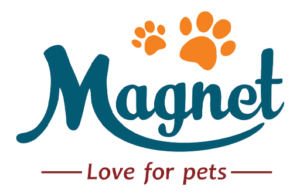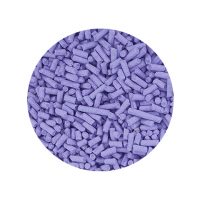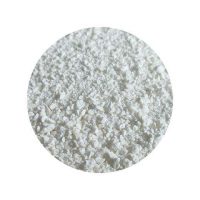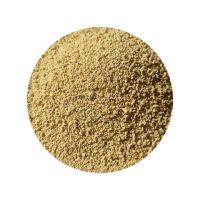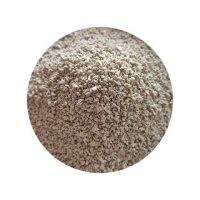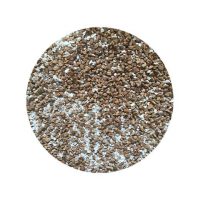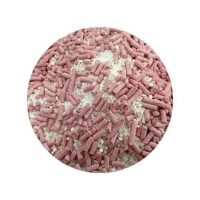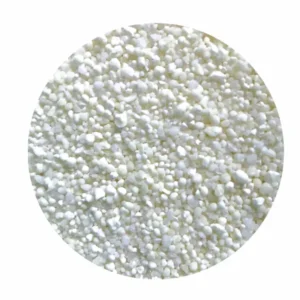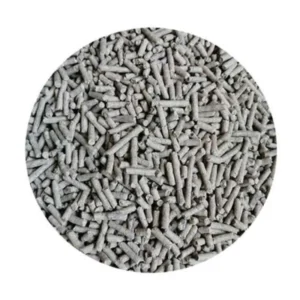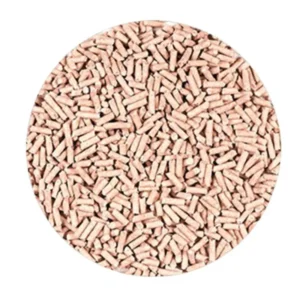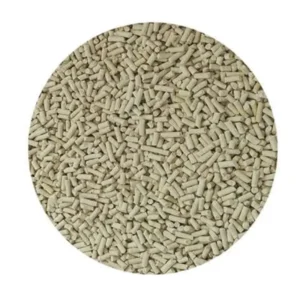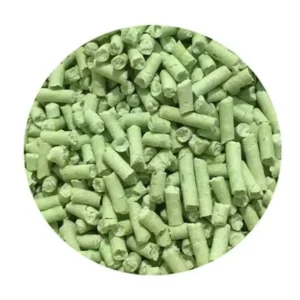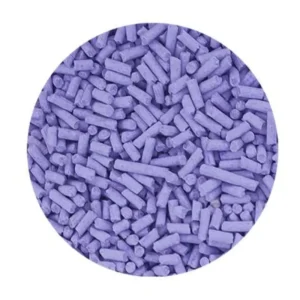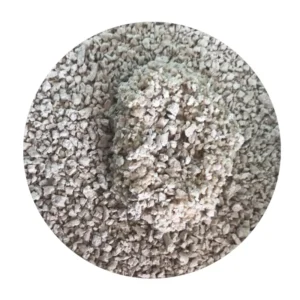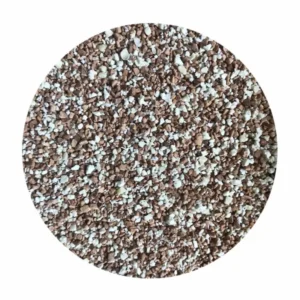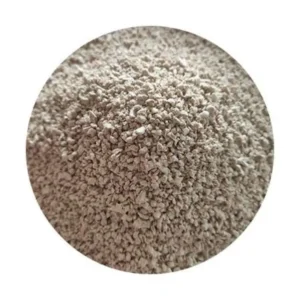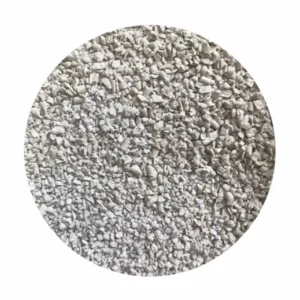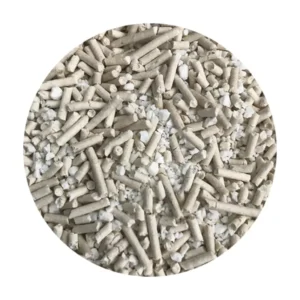Are you tired of dealing with messy litter boxes and unpleasant odors? Choosing the right cat litter can make a significant difference in your cat’s hygiene and your overall cleaning routine.
In this comprehensive guide, we’ll explore the different types of cat litter available, their pros and cons, and how to select the best option for your feline friend. From traditional clay-based litters to eco-friendly alternatives, we’ve got you covered.
Let’s dive in and find the perfect litter for your cat!
What Is Cat Litter?
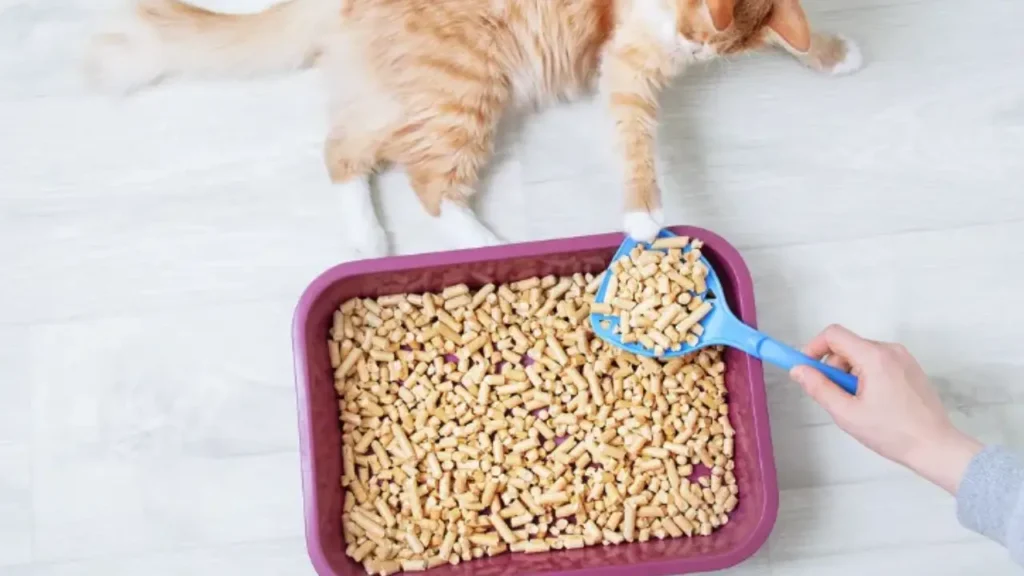
Cat litter is a material used to line the bottom of a cat’s litter box. It serves as a substrate for your cat to eliminate waste and helps to absorb moisture and control odors.
There are several different types of cat litter available, each with its own unique properties and benefits.
Cat Litter Types
Here are the most common types of cat litter that you can get.
1. Clay-Based Cat Litter
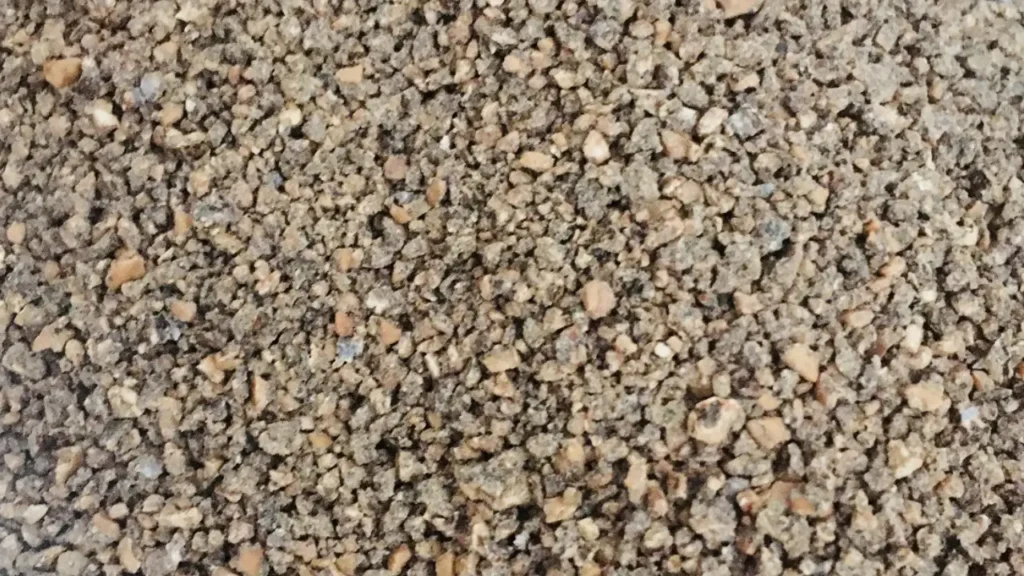
Clay-based cat litter is the most common type of cat litter available. It’s made from absorbent clays like bentonite, which help to absorb moisture and control odors.
Key features and benefits of clay-based cat litter:
- Clumping ability: Clay-based litters often clump when they come into contact with moisture, making it easy to scoop out waste and leave the rest of the litter clean.
- Odor control: Clay-based litters are effective at neutralizing unpleasant odors.
- Availability: They are widely available and affordable.
However, there are also some potential drawbacks:
- Dust: Some clay-based litters can be dusty, which may irritate your cat’s respiratory system.
- Tracking: Clay-based litters can be prone to tracking throughout your home.
- Environmental concerns: The mining of clay can have environmental impacts.
If you’re looking for a budget-friendly and effective cat litter option, clay-based litters are a good choice. However, if you have concerns about dust or tracking, you may want to consider other options.
Cassava Cat Litter
Cassava cat litter is a natural and eco-friendly option that has gained popularity in recent years. It’s made from the cassava root, a starchy root vegetable commonly grown in tropical regions.
Key features and benefits of cassava cat litter:
- Natural: Made from a natural, plant-based material.
- Absorbent: Highly absorbent, effectively controlling moisture and odors.
- Eco-friendly: A sustainable option that is biodegradable and often sourced from local farmers.
- Dust-free: Typically low in dust, reducing the risk of respiratory irritation for your cat.
- Gentle on paws: The soft texture of cassava can be gentle on your cat’s paws.
While cassava cat litter is a relatively new option, it has received positive reviews from many cat owners. It’s a great choice for those seeking a natural and eco-friendly alternative to traditional clay-based litters.
3. Tofu Cat Litter
Tofu cat litter is a relatively new type of cat litter that has gained popularity in recent years. It’s made from tofu waste, a byproduct of the tofu production process.
Key features and benefits of tofu cat litter:
- Eco-friendly: Tofu cat litter is a sustainable option that helps to reduce waste.
- Highly absorbent: It’s highly absorbent and can effectively control odors.
- Flushing: Many tofu cat litters are flushable, making them convenient to dispose of.
- Dust-free: Tofu cat litter is typically dust-free, which can be beneficial for cats with respiratory sensitivities.
- Gentle on paws: The soft texture of tofu cat litter can be gentle on your cat’s paws.
However, tofu cat litter may have some drawbacks:
- Cost: Tofu cat litter can be more expensive than traditional clay-based or silica gel litters.
- Availability: It may not be as widely available as other types of cat litter.
If you’re looking for a sustainable and eco-friendly cat litter option, tofu cat litter is a great choice. However, it’s important to weigh the benefits and drawbacks to determine if it’s the right choice for your cat and your household.
4. Corn Cat Litter
Corn cat litter is a natural and eco-friendly option that’s gaining popularity. It’s made from corn kernels, which are highly absorbent and can help to control odors.
Key features and benefits of corn cat litter:
- Natural: Corn cat litter is a completely natural product, free from chemicals and artificial additives.
- Absorbent: It’s highly absorbent, making it effective at controlling odors and moisture.
- Less tracking: Corn cat litter is often less prone to tracking than other types of litter, making it a good choice for households with sensitive floors.
- Eco-friendly: It’s a sustainable option that helps to reduce waste.
However, there are also some potential drawbacks to corn cat litter:
- Dust: Some corn cat litters may produce dust, which can irritate your cat’s respiratory system.
- Clumping: Corn cat litter may not clump as well as traditional clay-based litters.
- Cost: Corn cat litter can be more expensive than some other types of litter.
If you’re looking for a natural and eco-friendly cat litter option, corn cat litter is a great choice. However, it’s important to weigh the benefits and drawbacks to determine if it’s the right choice for your cat.
5. Walnut Shell Cat Litter
Walnut shell cat litter is a natural and eco-friendly option that’s becoming increasingly popular. It’s made from crushed walnut shells, which are highly absorbent and can help to control odors.
Key features and benefits of walnut shell cat litter:
- Natural: Walnut shell cat litter is a completely natural product, free from chemicals and artificial additives.
- Absorbent: It’s highly absorbent, making it effective at controlling odors and moisture.
- Good for paws: The rough texture of walnut shells can help to exfoliate your cat’s paws.
- Eco-friendly: It’s a sustainable option that helps to reduce waste.
However, there are also some potential drawbacks to walnut shell cat litter:
- Dust: Walnut shell cat litter can produce dust, which may irritate your cat’s respiratory system.
- Tracking: It may be more prone to tracking than other types of litter.
- Cost: Walnut shell cat litter can be more expensive than traditional clay-based or silica gel litters.
If you’re looking for a natural and eco-friendly cat litter option, walnut shell cat litter is a great choice. However, it’s important to weigh the benefits and drawbacks to determine if it’s the right choice for your cat.
6. Wheat Cat Litter
Wheat cat litter is a natural and eco-friendly option that’s made from wheat germ. It’s highly absorbent and can help to control odors, making it a good choice for cat owners who are looking for a sustainable and effective litter.
Key features and benefits of wheat cat litter:
- Natural: Wheat cat litter is a completely natural product, free from chemicals and artificial additives.
- Absorbent: It’s highly absorbent, making it effective at controlling odors and moisture.
- Nutritious: Wheat germ is a good source of vitamins and minerals, which can benefit your cat’s overall health.
- Eco-friendly: Wheat cat litter is a sustainable option that helps to reduce waste.
However, there are also some potential drawbacks to wheat cat litter:
- Dust: Wheat cat litter can produce dust, which may irritate your cat’s respiratory system.
- Tracking: It may be more prone to tracking than other types of litter.
- Cost: Wheat cat litter can be more expensive than traditional clay-based or silica gel litters.
If you’re looking for a natural and eco-friendly cat litter option, wheat cat litter is a great choice. However, it’s important to weigh the benefits and drawbacks to determine if it’s the right choice for your cat.
7. Mixed Cat Litter
Mixed cat litter is a combination of different types of litter, often including clay-based, silica gel, or natural materials. This can provide a unique blend of benefits and address various needs.
Key features and benefits of mixed cat litter:
- Customized: It allows you to tailor the litter to your cat’s specific preferences and needs.
- Enhanced performance: Combining different types of litter can sometimes improve odor control, clumping, or absorbency.
- Variety: It offers a wider range of options to choose from.
However, there are also some potential drawbacks to mixed cat litter:
- Inconsistency: The performance of mixed litter can vary depending on the proportions of each type used.
- Cost: It may be more expensive than using a single type of litter.
If you’re looking to experiment with different types of cat litter or want to create a customized blend for your cat, mixed cat litter can be a good option.
8. Silica Gel Cat Litter
Silica gel cat litter is a popular option known for its high absorbency and low dust content. It’s made from tiny, porous crystals that effectively absorb moisture and odors.
Key benefits of silica gel cat litter:
- High absorbency: Silica gel crystals can absorb up to four times their weight in moisture, keeping the litter box dry and odor-free.
- Low dust: Silica gel litters are typically dust-free, making them a good choice for cats with respiratory sensitivities.
- Effective odor control: The crystals help to neutralize odors, keeping your home smelling fresh.
- Clumping: While not as traditional as clay-based litters, silica gel can still form clumps, making cleanup easier.
However, there are some potential drawbacks to consider:
- Cost: Silica gel cat litter can be more expensive than clay-based options.
- Tracking: Some cats may track silica gel more easily than other types of litter.
- Graininess: The grainy texture may not be preferred by all cats.
If you’re looking for a highly absorbent, low-dust litter that can help to control odors, silica gel cat litter is a great option.
9. Recycled Paper Cat Litter
Recycled paper cat litter is a sustainable option that’s gaining popularity among environmentally conscious cat owners. It’s made from recycled paper, which is highly absorbent and can help to control odors.
Key benefits of recycled paper cat litter:
- Eco-friendly: Recycled paper cat litter helps to reduce waste and conserve resources.
- Absorbent: It’s highly absorbent, making it effective at controlling odors and moisture.
- Flushing: Many recycled paper litters are flushable, making disposal convenient.
- Dust-free: Recycled paper litters are typically low-dust, reducing the risk of respiratory irritation.
However, there are also some potential drawbacks:
- Tracking: Recycled paper litters can be prone to tracking throughout your home.
- Cost: Recycled paper litters may be slightly more expensive than traditional clay-based or silica gel litters.
If you’re looking for a sustainable and eco-friendly cat litter option, recycled paper cat litter is a great choice.
10. Coconut Coir Cat Litter
Coconut coir cat litter is a natural and eco-friendly alternative to traditional clay-based litters. It’s made from the fibrous outer husk of the coconut, which is highly absorbent and can help to control odors.
Key benefits of coconut coir cat litter:
- Eco-friendly: Coconut coir is a sustainable material that helps to reduce waste.
- Absorbent: It’s highly absorbent, making it effective at controlling odors and moisture.
- Dust-free: Coconut coir litters are often dust-free, reducing the risk of respiratory irritation.
- Non-tracking: Coconut coir litters are less prone to tracking than other types of litter.
- Soft on paws: The soft texture of coconut coir can be gentle on your cat’s paws.
However, there are also some potential drawbacks:
- Cost: Coconut coir cat litter can be more expensive than traditional clay-based or silica gel litters.
- Availability: It may not be as widely available as other types of cat litter.
If you’re looking for a natural, eco-friendly, and low-tracking cat litter option, coconut coir cat litter is a great choice.
Remember, the best type of cat litter for your cat will depend on their individual needs and preferences. Experiment with different types to find the one that works best for you and your feline friend.
Clumping vs Non Clumping Cat Litter
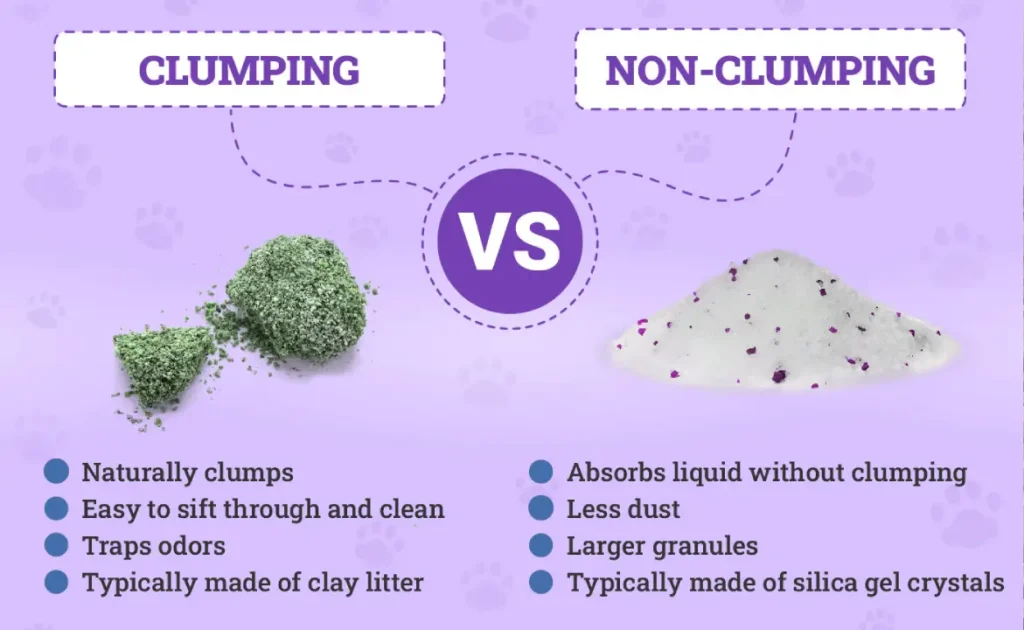
Choosing the right type of cat litter is essential for maintaining a clean and comfortable environment for your feline friend. One of the key factors to consider is whether to opt for clumping or non-clumping litter.
Clumping Cat Litter
- How it works: Clumping cat litter forms clumps when exposed to moisture, making it easy to scoop and dispose of waste without disturbing the rest of the litter.
- Benefits:
- Easier to clean
- Helps to control odors
- Can be more cost-effective in the long run
- Drawbacks:
- May be more dusty
- Can track more easily
Non-Clumping Cat Litter
- How it works: Non-clumping cat litter doesn’t form clumps. It’s typically sifted to separate the soiled litter from the clean.
- Benefits:
- Often less dusty
- Can be more gentle on paws
- May be more affordable upfront
- Drawbacks:
- More difficult to clean
- Can be less effective at odor control
Here’s a quick comparison table:
| Feature | Clumping Cat Litter | Non-Clumping Cat Litter |
|---|---|---|
| Clumping | Yes | No |
| Ease of cleaning | Easy | Difficult |
| Odor control | Good | Fair |
| Dustiness | May be more dusty | Generally less dusty |
| Tracking | May track more easily | May track less easily |
| Cost | Can be more cost-effective in the long run | May be more affordable upfront |
The best type of cat litter for you will depend on your cat’s preferences and your lifestyle. If you prefer a cleaner and more convenient option, clumping cat litter may be the way to go. If you have a cat with sensitive skin or respiratory issues, non-clumping litter may be a better choice.
How to Choose Cat Litter?

Selecting the right cat litter is essential for maintaining a clean and healthy environment for your cat. Here are some key factors to consider:
1. Cat’s Preferences:
- Odor Sensitivity: If your cat is sensitive to odors, look for litters with strong odor control properties.
- Texture: Some cats prefer a soft, sandy texture, while others may prefer a coarser, clumping litter.
- Tracking: If your cat tends to track litter around the house, consider a non-tracking or low-tracking option.
2. Litter Type:
- Clay-Based: The most common type, known for its clumping ability and odor control.
- Silica Gel: Highly absorbent and often dust-free, but can be more expensive.
- Natural Litters: Made from materials like pine, wheat, or recycled paper, offering eco-friendly options.
3. Clumping Ability:
- Clumping: Clumping litters make cleanup easier by forming clumps around waste.
- Non-Clumping: While less convenient for cleanup, non-clumping litters can be a good option for cats with sensitive paws.
4. Odor Control:
- Odor Absorbers: Look for litters with natural or synthetic odor absorbers like baking soda or activated carbon.
- Scented vs. Unscented: Consider your cat’s sensitivity to fragrances and your own preferences.
5. Dust Content:
- Dust-Free: Dust-free litters can help reduce respiratory irritation for both you and your cat.
6. Sustainability:
- Eco-Friendly: If environmental sustainability is important to you, consider litters made from recycled materials or natural resources.
7. Cost:
- Budget: Determine your budget and compare prices among different brands and types of litter.
By carefully considering these factors and your cat’s individual needs, you can select the best cat litter to create a clean, comfortable, and healthy environment for your feline friend.
Would you like more specific recommendations based on your cat’s preferences or needs?
Conclusion
Choosing the right cat litter is essential for maintaining a clean and healthy environment for your cat. With so many options available, it can be overwhelming to decide which one is best.
Remember:
- Consider your cat’s preferences: Some cats may prefer certain types of litter over others.
- Factor in your budget: Litters can vary in price, so it’s important to consider your budget.
- Think about sustainability: If environmental friendliness is important to you, choose an eco-friendly option.
By carefully evaluating these factors, you can find the perfect cat litter to suit your needs and your cat’s preferences.
Ready to provide your feline friend with the best possible litter? Contact us today for a quote on our high-quality wholesale cat litter options!

